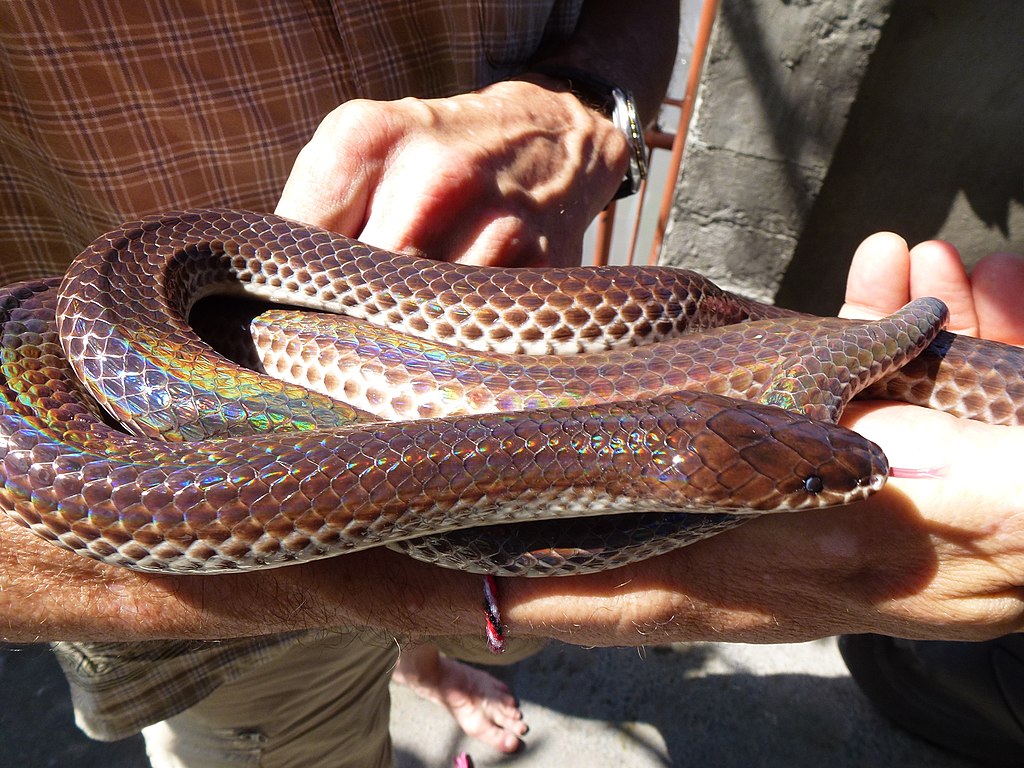When we encounter snakes in the wild or at zoos, their striking colors often capture our attention immediately. These vibrant scales aren’t just beautiful to look at—they tell a complex story about the snake’s lifestyle, habitat, behavior, and evolutionary history. Snake coloration serves multiple crucial functions in these remarkable reptiles’ lives, from helping them hide from predators to warning potential threats to stay away. Through millions of years of evolution, snakes have developed an incredible array of colors and patterns that provide significant survival advantages. This fascinating aspect of snake biology offers a window into understanding how these often-misunderstood creatures interact with their environments and other species around them.
The Science Behind Snake Coloration
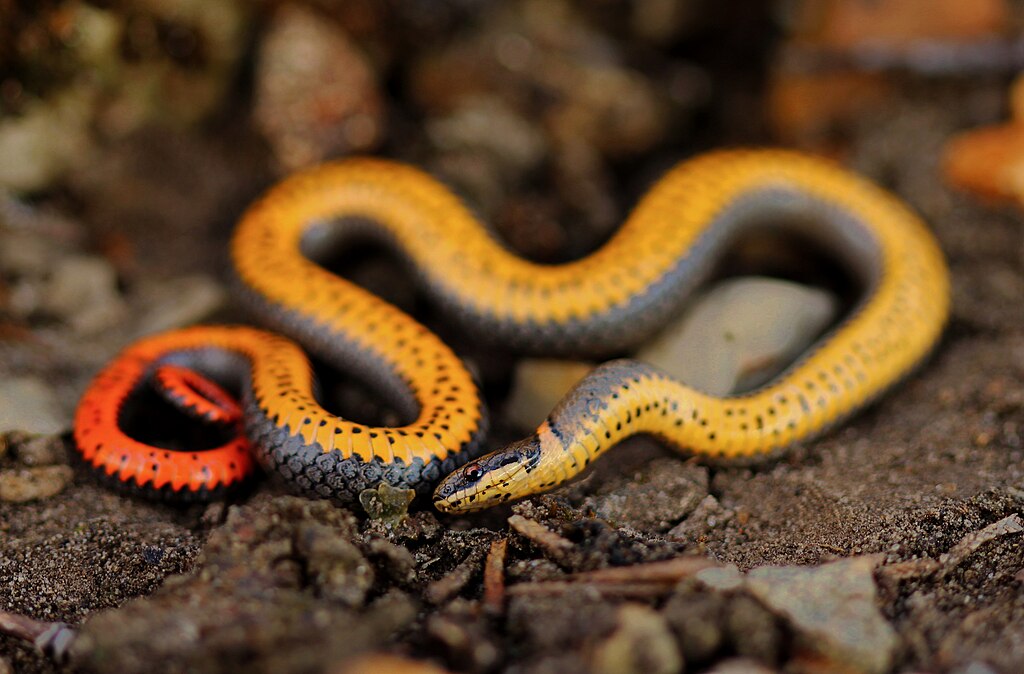
Snake colors originate from specialized cells called chromatophores located in their skin. These cells contain pigments that determine the color we see, with melanophores producing black and brown colors, xanthophores creating yellows and reds, and iridophores generating structural colors that create blue, green, and iridescent effects. The distribution and concentration of these chromatophores vary across different snake species, resulting in the vast diversity of patterns and colors we observe in the reptile world. Interestingly, the genetics behind snake coloration is complex, involving multiple genes that control pigment production and pattern formation. Research in this area continues to evolve, with scientists discovering new links between genetic factors and the stunning visual displays these animals exhibit.
Camouflage: Nature’s Invisibility Cloak
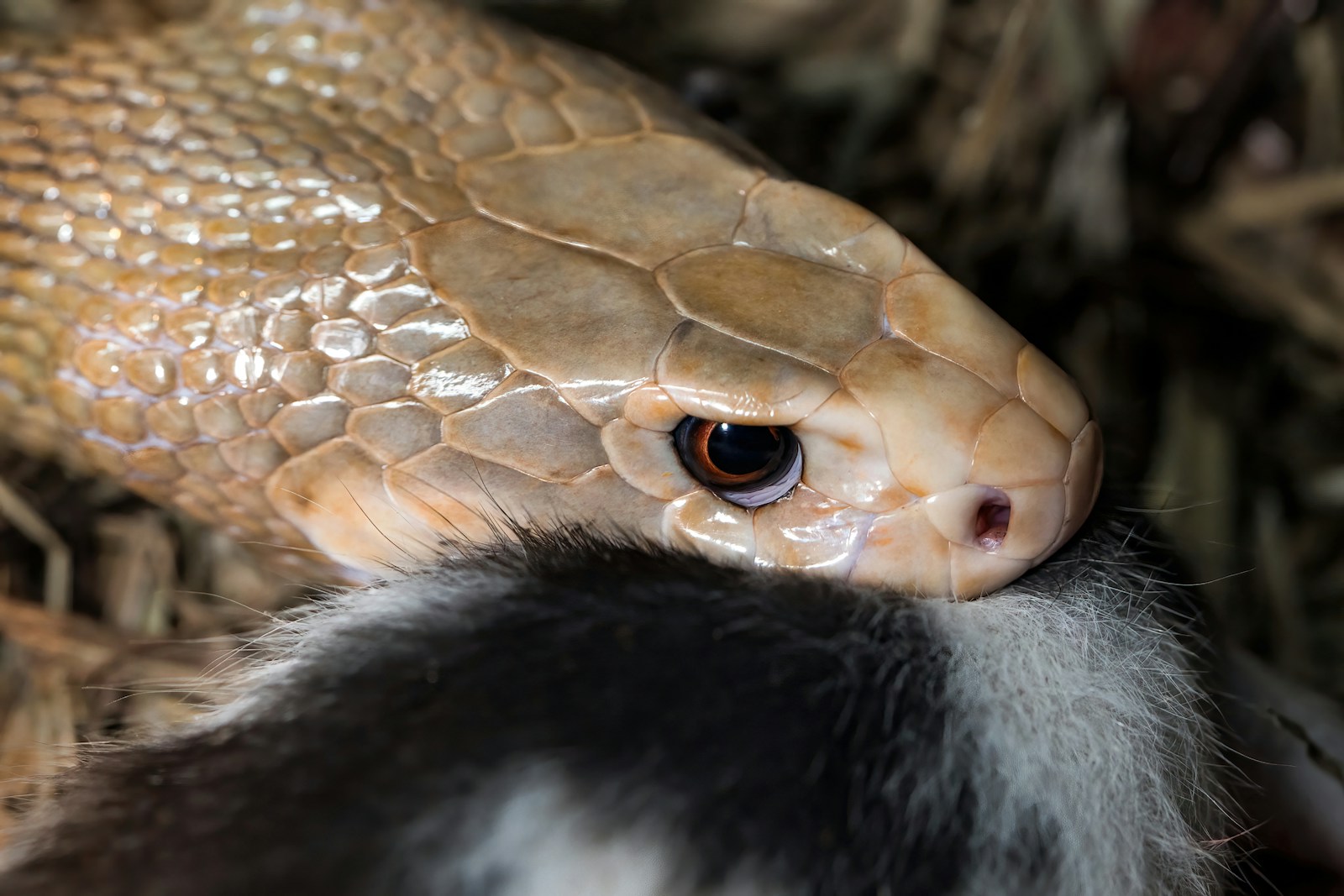
The most common function of snake coloration is camouflage, allowing these reptiles to blend seamlessly into their surroundings. Desert-dwelling species often display tan, brown, or sandy colors that match the arid landscapes they inhabit, making them nearly invisible to both predators and prey. Forest snakes typically exhibit green and brown patterns that mimic the dappled light filtering through leaves, enabling them to hide effectively among vegetation. Some species like the vine snake (Ahaetulla nasuta) have evolved such specialized camouflage that they resemble slender branches or vines, complete with elongated bodies and pointed snouts. The effectiveness of these camouflage patterns demonstrates nature’s remarkable ability to shape appearances through natural selection over countless generations.
Aposematic Coloration: The Warning Signals

In stark contrast to camouflaged species, many venomous snakes display bright, conspicuous colors that serve as warning signals to potential predators—a phenomenon known as aposematic coloration. The coral snake’s vibrant red, yellow, and black bands are a classic example of this strategy, advertising its deadly neurotoxic venom to would-be attackers. This distinctive pattern is so effective as a deterrent that several non-venomous species have evolved to mimic it, gaining protection without actually possessing dangerous venom. Scientific studies have demonstrated that predators can learn to avoid these warning colors after just one negative encounter, creating a powerful selective advantage for brightly colored venomous species. This evolutionary arms race between predator recognition and prey signaling continues to shape snake coloration patterns across different ecosystems.
The Red, Yellow and Black Bands: Decoding Coral Snakes
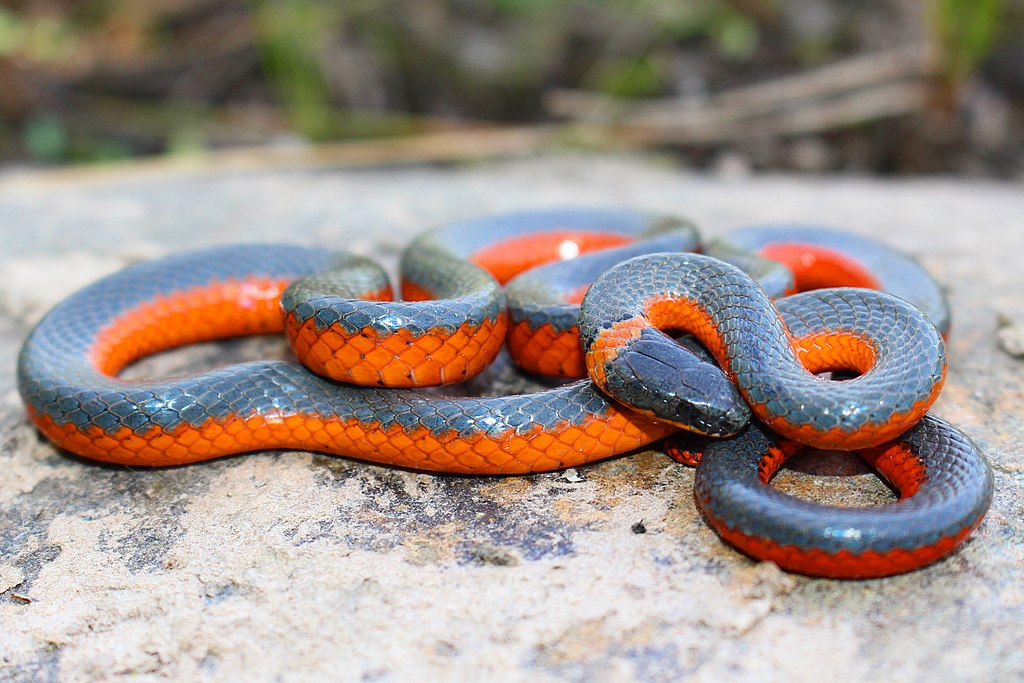
The striking red, yellow, and black banding pattern of coral snakes represents one of the most recognized color combinations in the snake world, serving as a potent warning of the deadly venom these elapids possess. This distinctive pattern has given rise to the well-known rhyme “red touch yellow, kill a fellow; red touch black, friend of Jack,” which helps distinguish between venomous coral snakes and their harmless mimics like the scarlet kingsnake. However, this rule only applies reliably to North American species, as coral snakes in other regions may display different color arrangements. The effectiveness of this warning coloration is so powerful that it has driven the evolution of Batesian mimicry, where harmless species gain protection by evolving similar appearances without the metabolic cost of producing venom. This remarkable example of evolutionary convergence demonstrates how color patterns can transcend species boundaries when the selective pressure is strong enough.
Mimicry: The Art of Deception

Mimicry represents one of the most fascinating aspects of snake coloration, where harmless species evolve to resemble dangerous ones, gaining protection without the physiological cost of producing venom. The milk snake’s resemblance to the venomous coral snake stands as a classic example of Batesian mimicry, where the non-venomous species benefits from predators’ learned avoidance of similar color patterns. Some species engage in what scientists call aggressive mimicry, where they resemble non-threatening objects to lure in prey—like the spider-tailed horned viper, which has a tail resembling a moving spider to attract birds. In certain ecosystems, multiple non-venomous species may converge on similar warning patterns, creating a complex mimicry ring that reinforces the effectiveness of these visual deterrents. These sophisticated deception strategies highlight the remarkable ways natural selection can shape appearances when there are strong survival advantages at stake.
Cryptic Coloration: Masters of Disguise
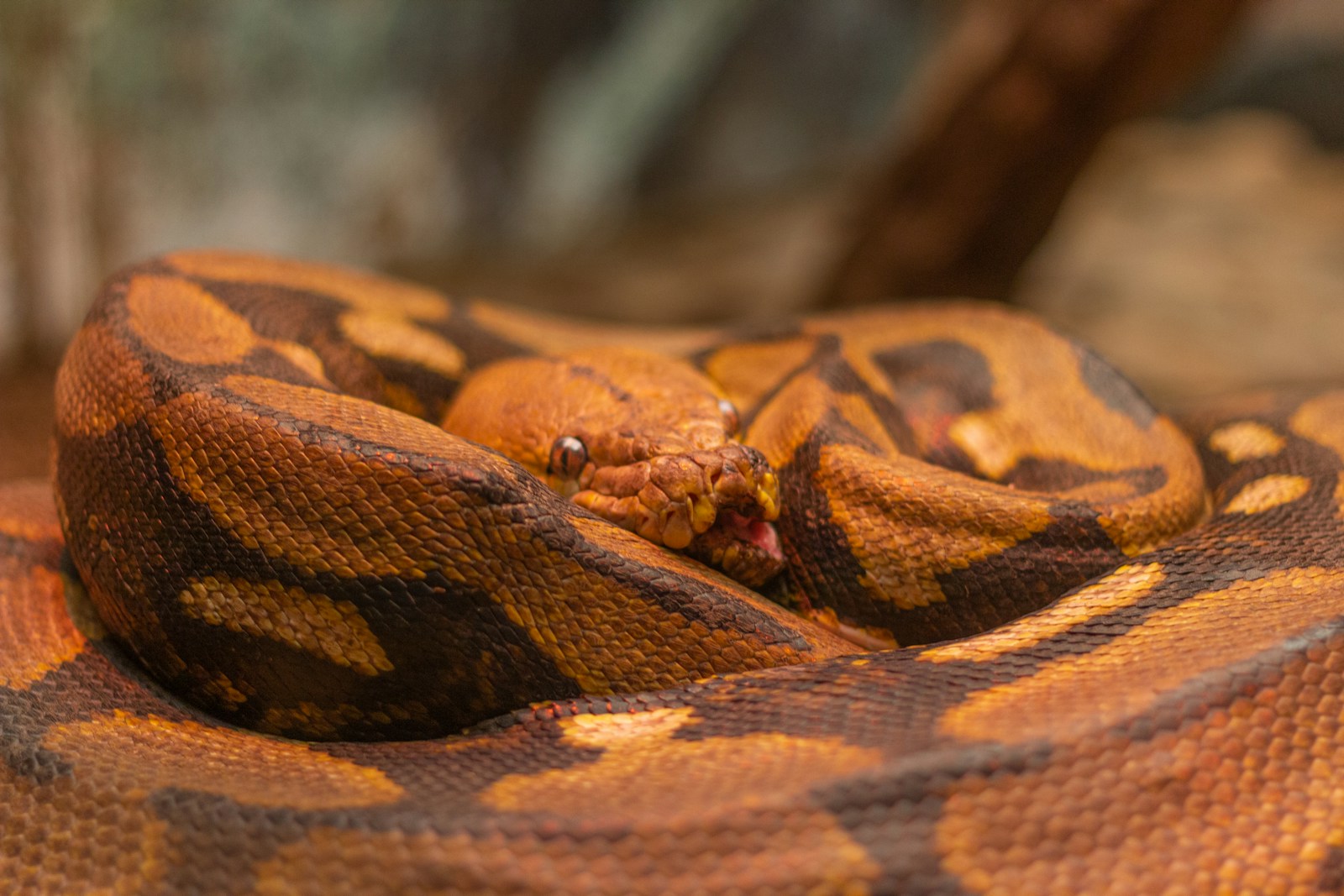
Many snake species have evolved cryptic coloration that goes beyond simple background matching to include disruptive patterns that break up their body outline. The gaboon viper exemplifies this strategy with its intricate pattern of geometric shapes that make its body virtually disappear against the forest floor, despite being one of Africa’s largest vipers. Certain arboreal species like the green vine snake not only match the color of foliage but also mimic the shape and movement of swaying branches when they detect potential threats. Desert-dwelling sidewinders have evolved a speckled pattern that precisely matches the granular texture of sandy substrates, making them nearly impossible to spot when motionless. These sophisticated camouflage strategies often combine multiple elements—color, pattern, behavior, and body shape—to create a comprehensive disguise that protects snakes from both predators and prey with keen eyesight.
Thermal Regulation Through Color
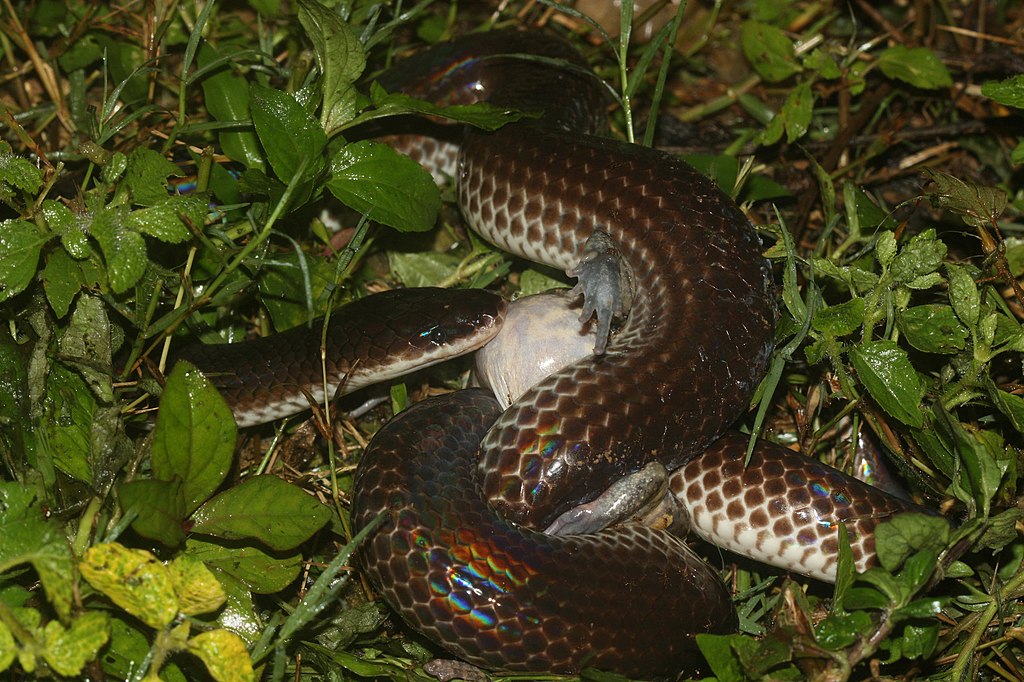
Snake coloration serves functions beyond predator-prey interactions, with some color patterns playing a crucial role in thermoregulation. Darker-colored snakes can absorb heat more efficiently, allowing them to reach optimal body temperatures more quickly in cooler environments or during morning basking periods. Research has shown that some species, like certain populations of adders, exhibit color polymorphism with darker individuals predominating in cooler regions and lighter morphs more common in warmer habitats. In desert-dwelling species, lighter ventral (belly) scales reflect heat from hot sand while darker dorsal scales efficiently capture warmth from the sun during cooler periods. This thermal aspect of coloration demonstrates how snake colors can serve multiple adaptive functions simultaneously, balancing the sometimes competing needs for camouflage, warning, and temperature regulation.
Sexual Dimorphism in Snake Colors
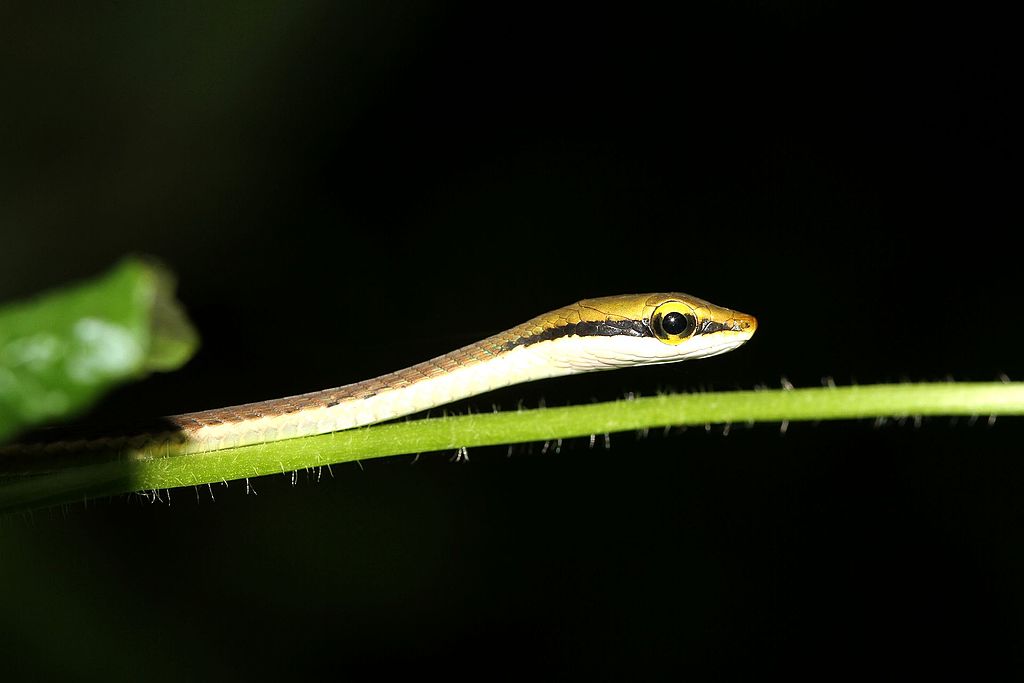
In numerous snake species, males and females display different coloration patterns—a phenomenon known as sexual dimorphism that often relates to their different reproductive roles. Male garter snakes typically show more vibrant colors than females, possibly functioning as visual signals during mating season to attract potential mates. In some vipers, females grow larger and develop more cryptic coloration, which may provide better camouflage when they become less mobile during pregnancy. The green tree python exhibits remarkable sexual dimorphism in juvenile stages, with males often having different color patterns than females before both sexes eventually develop their adult green coloration. These sex-based color differences reflect the different selective pressures acting on males and females throughout their life history, with factors like mate attraction, predator avoidance, and reproductive success driving evolutionary changes in appearance.
Ontogenetic Color Changes: Growing Up Colorful

Many snake species undergo dramatic color transformations as they mature, a phenomenon called ontogenetic color change that often reflects shifting ecological needs throughout their lifespan. Young copperheads display a bright yellow or green tail tip that they wiggle to lure in curious prey—a form of caudal luring that helps the smaller juveniles secure food—before developing their more cryptic adult coloration. The spectacular green tree python begins life as either bright yellow or red before transitioning to its emerald adult coloration, possibly allowing juveniles to occupy different ecological niches than adults. Some rattlesnake species show more contrasting patterns as juveniles that become increasingly muted as they grow larger and less vulnerable to predation. These age-related color changes highlight how a single species can evolve different optimal color strategies for different life stages, adapting to changing predator pressures and ecological roles throughout development.
Regional Variation and Local Adaptation

Snake coloration often varies dramatically across a species’ geographic range, reflecting local adaptation to different environments and predator communities. The highly variable corn snake displays distinct regional color morphs across its range in the eastern United States, with Florida specimens often showing vibrant orange patterns while northern populations tend toward darker, more muted colors. In mountainous regions, some widely distributed species show color clines that correlate with elevation, with darker individuals predominating at higher, cooler altitudes where heat absorption becomes more critical. Island populations frequently evolve unique coloration patterns that differ from their mainland counterparts, driven by distinctive predator assemblages and habitat characteristics. These geographic variations in color demonstrate the remarkable adaptability of snakes and highlight how natural selection can fine-tune appearances to match specific local conditions, even within a single species.
Rare and Unusual Color Patterns
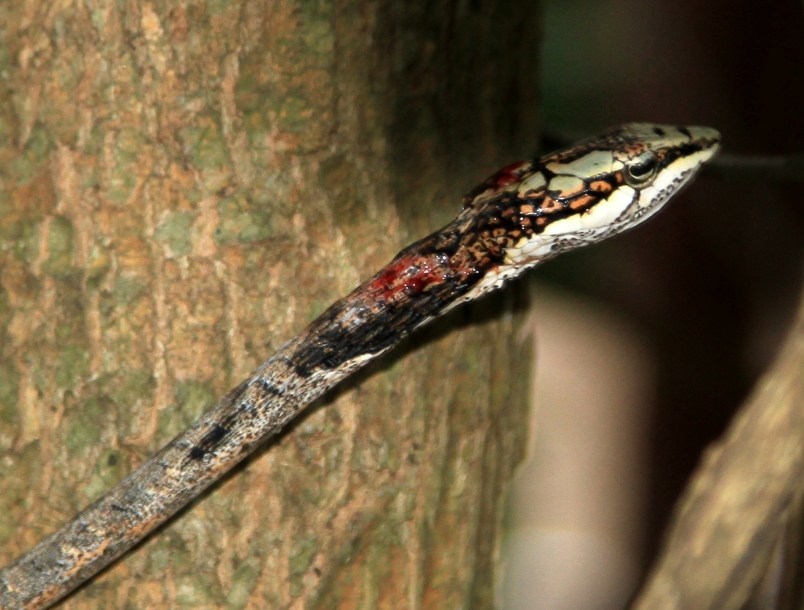
Beyond the common color strategies, the snake world contains some truly extraordinary and unusual color patterns that defy simple categorization. The rainbow boa showcases an iridescent sheen that produces a mesmerizing rainbow effect when light hits its scales at certain angles, created by microscopic ridges that refract light. Albino and leucistic mutations occur across many species, producing striking white or yellow individuals that lack some or all normal pigmentation, though these rarely survive in the wild due to increased predation and sun sensitivity. The recently discovered Parachute Burrowing Snake from India features a unique purple iridescence unlike any other known species, highlighting how new color adaptations continue to be discovered. These exceptional color variants remind us that snake coloration represents an ongoing evolutionary experiment, with new patterns emerging through mutation and occasionally becoming established when they provide survival or reproductive advantages.
Human Perception and Cultural Significance
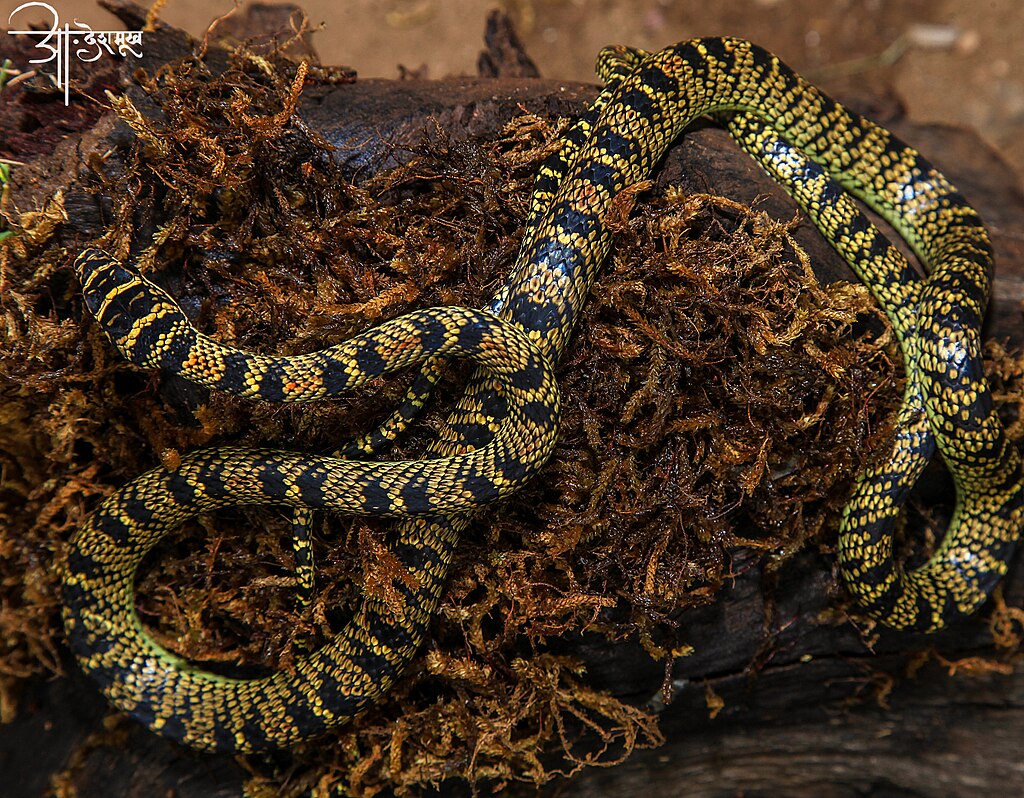
Our interpretation of snake colors is deeply influenced by cultural and psychological factors that have evolved alongside our species’ relationship with these reptiles. The bright warning colors of venomous species have become embedded in human psychology as danger signals, triggering instinctive caution that transcends cultural boundaries. In many cultures, specific snake colors carry profound symbolic meaning—the gold and black of royal pythons represented divine power in ancient Egypt, while the red and black of coral snakes symbolize danger in indigenous American traditions. Modern snake enthusiasts selectively breed for novel color mutations called “morphs” in captive populations, creating patterns never seen in wild snakes and raising interesting questions about human aesthetic preferences. Our fascination with snake colors demonstrates how these patterns not only serve ecological functions but also play important roles in human culture, psychology, and our complex evolutionary relationship with these remarkable reptiles.
Snake coloration represents one of nature’s most vivid examples of evolution in action, where visual signals have been refined over millions of years to serve crucial survival functions. From the cryptic camouflage of hunting vipers to the bold warning patterns of venomous elapids, these color adaptations tell a complex story of predator-prey relationships, environmental adaptation, and evolutionary compromise. Understanding what these colors truly mean in the natural world not only enhances our appreciation of these remarkable reptiles but also provides valuable insights into broader ecological principles. As we continue to study and document the rich diversity of snake species worldwide, their extraordinary colors remind us of nature’s boundless creativity and the intricate connections between appearance, behavior, and survival in the animal kingdom.

